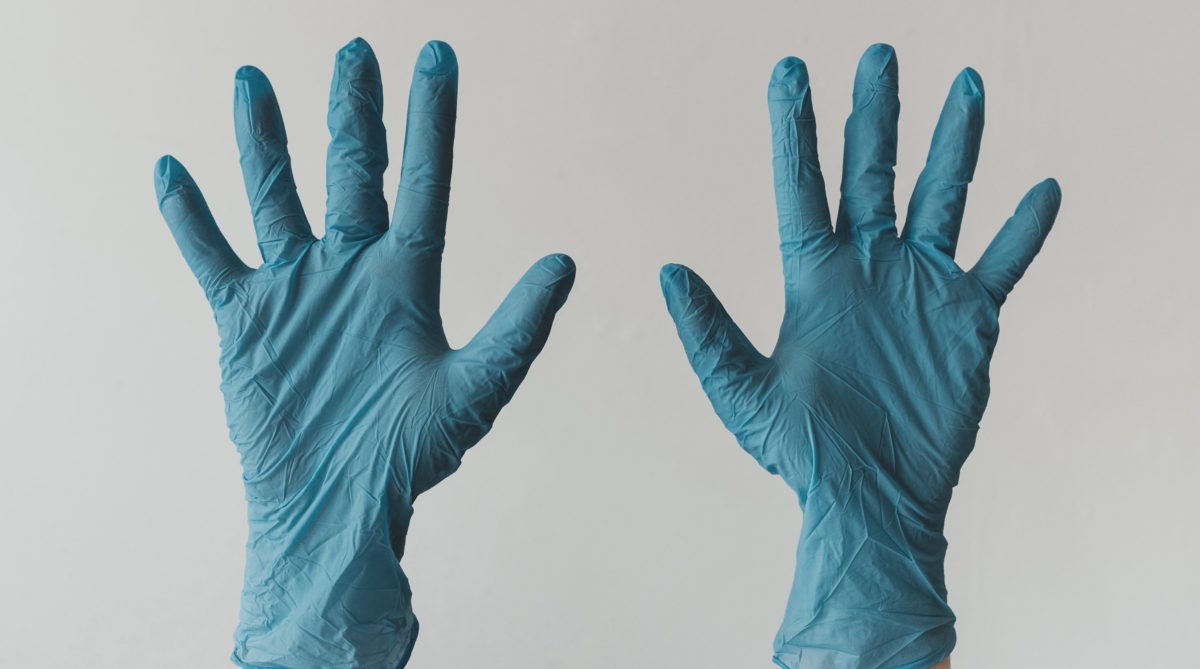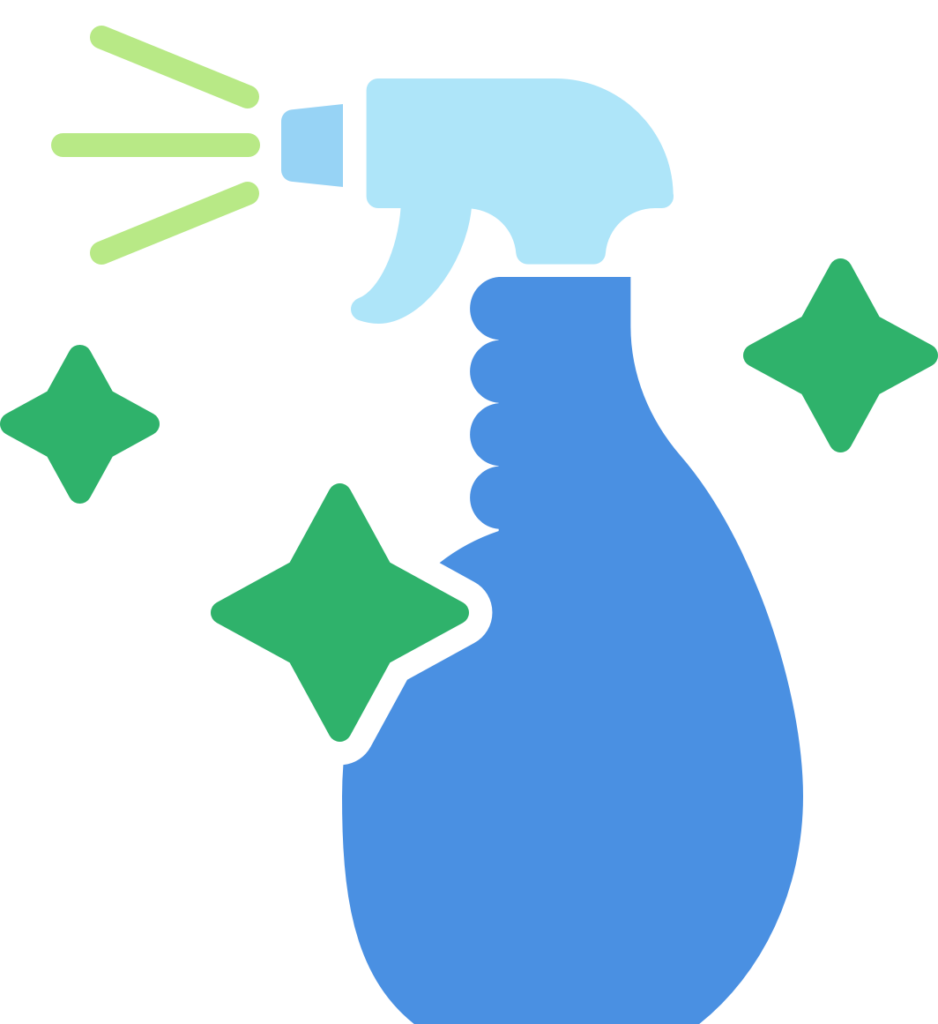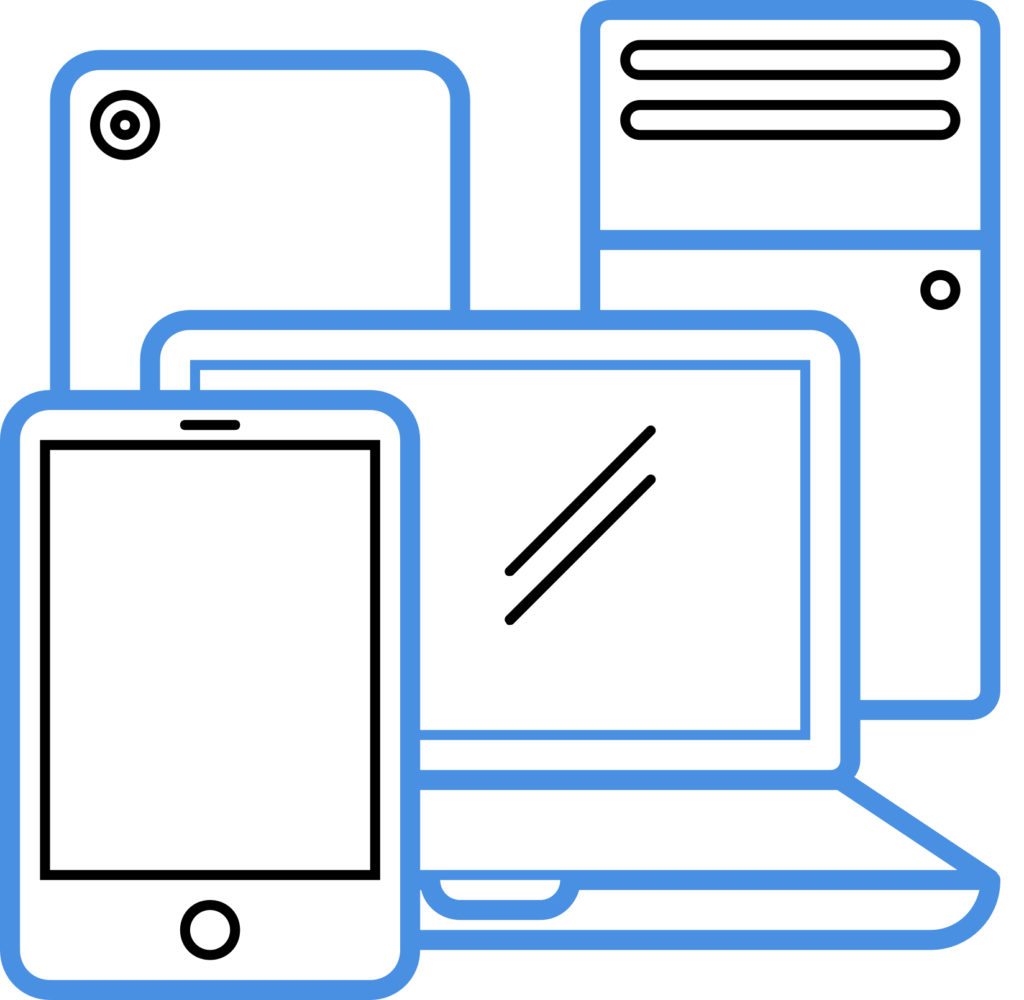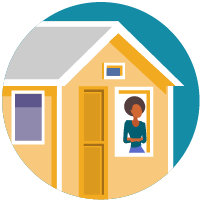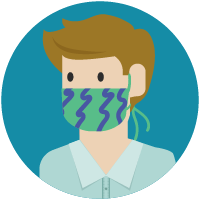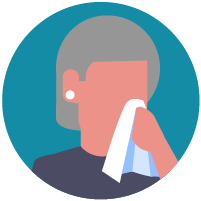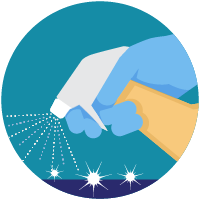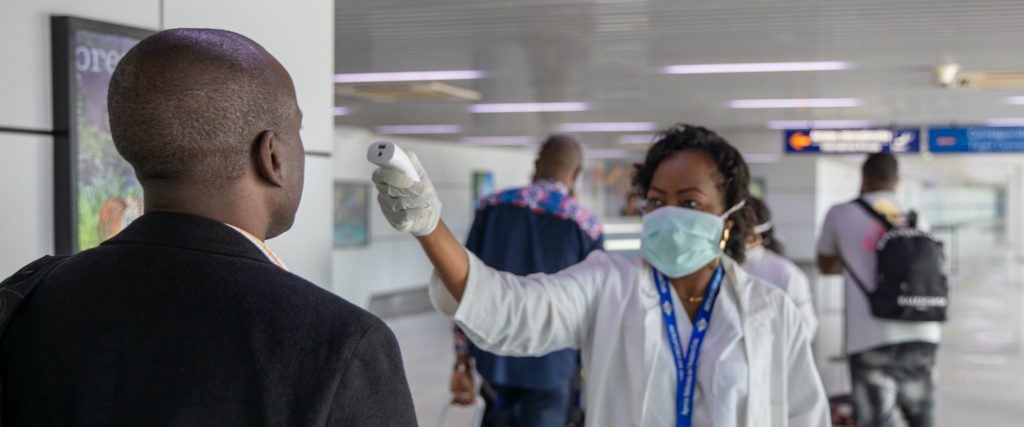
- Until a vaccine is available, our immune systems will need to adapt unaided to COVID-19.
- The immune system is the body’s multi-level defence network against potentially harmful bacteria, viruses and other organisms.
- A healthy lifestyle helps one’s immune system to be in the best shape possible to tackle pathogens, but it’s better to stop them entering the body in the first place.
The coronavirus pandemic has turned the world’s attention to the immune system, the body’s defence force against disease-causing bacteria, viruses and other organisms that we touch ingest and inhale every day.
But what is the immune system exactly, and how does it help repel intruders?
A force to be reckoned with
Think of it as the body’s personal army working from the cellular to macro level. Each cell, molecule, tissue and organ in this army plays a vital role in warding off invading pathogens, and also helps guard against internal threats like cancer.
The system has two types of response: innate and adaptive.
The body’s natural barriers against disease-causing intruders – for example, our skin, the mucous and hairs in our nose, and the acid in our stomachs – are part of our innate immune systems.
Adaptive immunity develops over a lifetime of contact with pathogens and vaccines, preparations which help our immune systems to distinguish friend from foe.
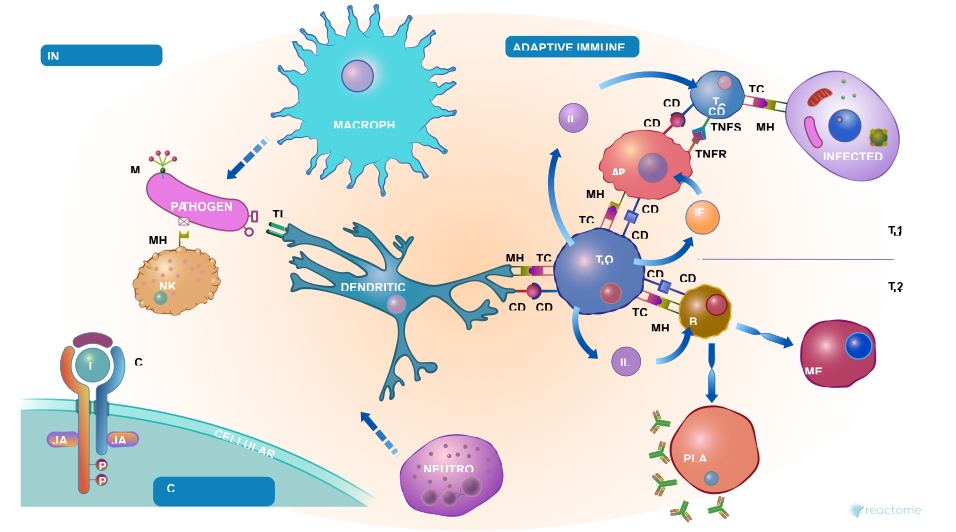
Vaccination safely teaches our adaptive immune systems to repel a wide range of diseases, and thus protect ourselves and others.
There is currently no vaccine for coronavirus, and we may not see one for 18 months or longer. So, for now, our immune systems must adapt unaided to this potentially deadly threat.
How to help your immune system
A healthy lifestyle – not smoking, drinking little or no alcohol, sleeping well, eating a balanced diet, taking regular moderate exercise and reducing stress – helps our immune systems to be in the best shape possible to tackle pathogens.
But the first line of defence is to prevent infection from entering the body.
The World Health Organization’s (WHO) recommended basic protective measures against COVID-19 are frequent handwashing with soap and water or cleaning hands with an alcohol-based rub; maintaining social distancing; avoiding touching your eyes, nose and mouth; and covering your nose and mouth with a bent elbow or tissue when you cough or sneeze.
These simple actions are vital to slowing the spread of a new disease like the coronavirus – to which nearly everyone is susceptible, but particularly older people and those with underlying health conditions.
courtesy of the weforum.org
